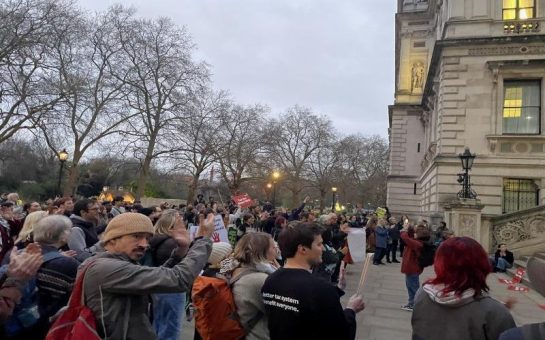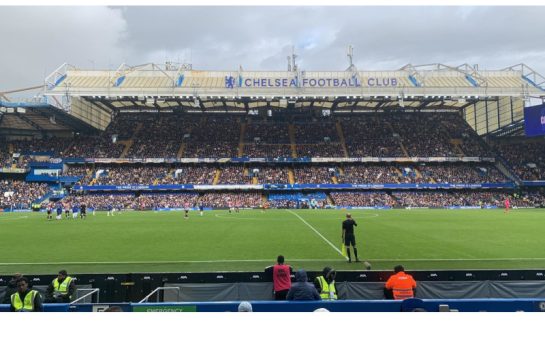It’s hard to imagine not being able to access the unprecedented amount of football we as fans have nowadays, but 100 years ago things were very different.
Pundits regularly use military terminology to describe defensive ‘surrenders’ and the massive transfer ‘war chests’, but during World War I these metaphors became reality for many London footballers.
In a time shrouded in uncertainty and paranoia, our most loved national sport was placed on the back-burners to allow the country to focus on more important national matters.
Fulham Football Club was experiencing its own era of uncertainty, just on a slightly more localised scale.
One of the club’s early directors Henry Norris was strongly considering forging a controversial union between Fulham and London rivals Arsenal to create a London Superclub, based at Craven Cottage, capable of challenging in the top flight.
Norris was also looking to build a new stadium over the Stevenage Road but after the merger collapsed there was little incentive to pursue the idea any further.
Most of the Fulham squad either joined the army or carried out government work when conflict broke out.
“A former player George Redwood lost an arm. Many were gassed as well.”
The club strived to maintain competitive games, continuing to participate in a southern league while the old Division Two was temporarily shut down during the Great War years.
Two Cottagers’ players are known to have given their lives during the war– William Maughan, who died at the Battles of Somme, and Edward Thompson, who was killed at Bemeries. They were just 22 and 24.
“Some players received such bad injuries during the fighting that they weren’t fit to play ever again,” said Fulham historian Alex White.
“A former player George Redwood lost an arm. Many were gassed as well.”
Craven Cottage remained open throughout the time span as the ground was often used for military training purposes, although attendance dropped as more and more fans started to conscript.
Rallies were frequently held at the stadium before and after games to encourage enlistment, a large group of the Fulham squad joined the Footballer’s Battalion 17th Middlesex Regiment.
“Even Fulham manager Phil Kelso worked in a munitions factory in Woolwich for much of the war,” said Mr White, a lifelong Fulham fan, highlighting the all-encompassing reach of WWI.
Kelso took the Fulham role in 1909 surprisingly after his predecessor Harry Bradshaw, who spearheaded much of the club’s success, departed the club abruptly.
5 May 1912 Fulham beat Queens Park Rangers 4-1 in Paris, France for the Dubonnet Cup before 6,000 fans. pic.twitter.com/Em5RLYxH6j
— Alex White (@abwhite1952) February 2, 2014
The club had only gained professional status in 1898 after relocating to Craven Cottage two years before, experiencing a purple patch which saw them reach national Division Two in 1907 during Bradshaw’s tenure.
Bradshaw’s exit may have been triggered by a comparative period of relative mediocrity; something modern day Whites’ fans are probably accustomed to, as the club finished between 7th and 12th six seasons in a row.
Kelso, as Bradshaw’s successor, was known for his detached yet grounded nature and instilled much of the club’s identity and heritage as it is today.
His 15 year tenure, that included the four years of WWI, remains the longest managerial post in Fulham’s history.
Fast-forward to today and many Fulham fans wish for the sort of consistency Kelso provided, given the managerial merry-go-round the club has experienced in the last 18months.
The 3-1 home victory against Huddersfield on Saturday, however, was not only noticeable for its maintaining of the Cottagers’ upturn in fortunes under Kit Symons, but also the impeccable two minute silence prior to kick off.
That period of respect, accompanying this year’s particularly poignant landmark Armistice Day, remind us all that some things transcend the realms of football.
Picture courtesy of Jimmy, with thanks




